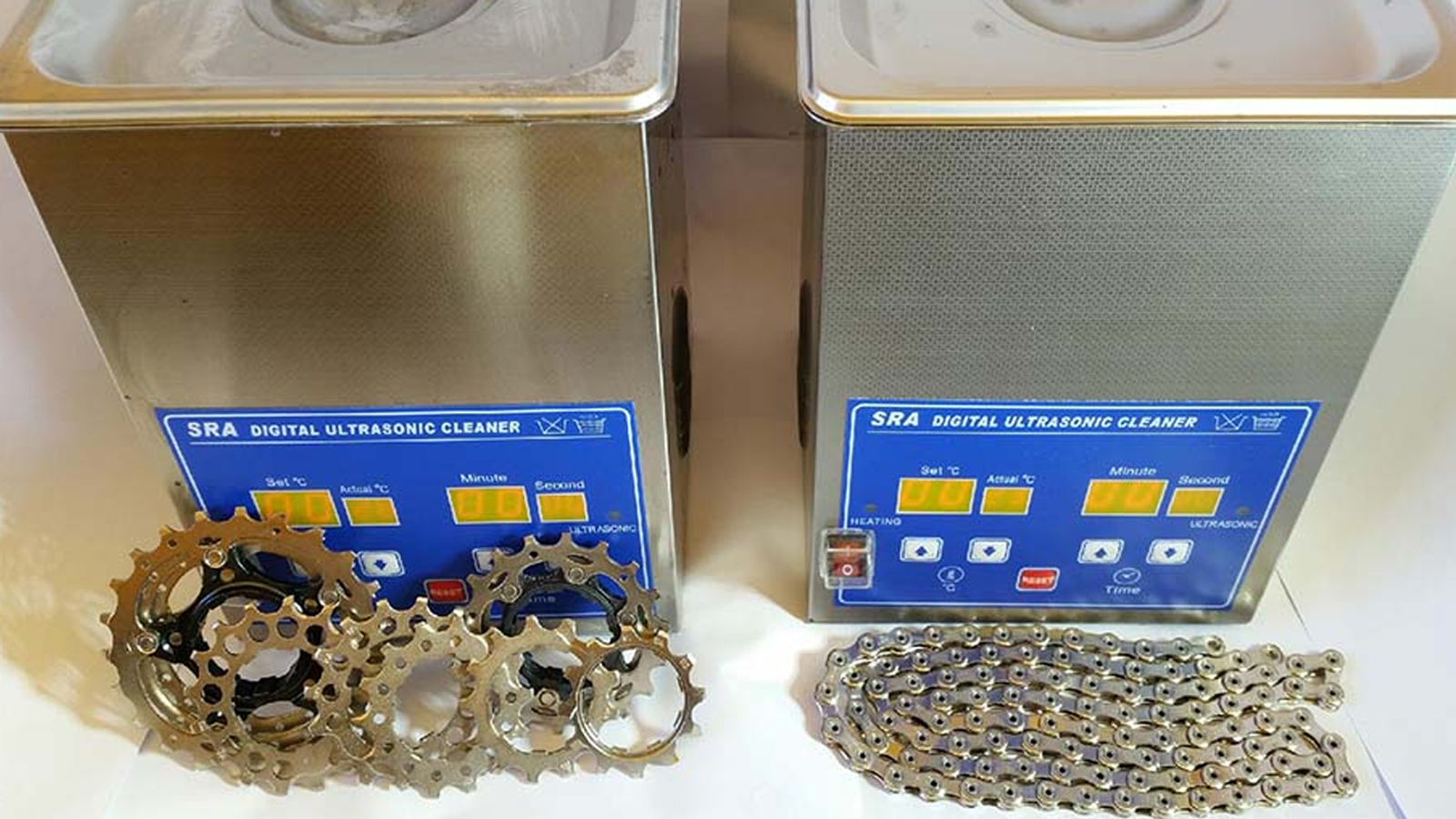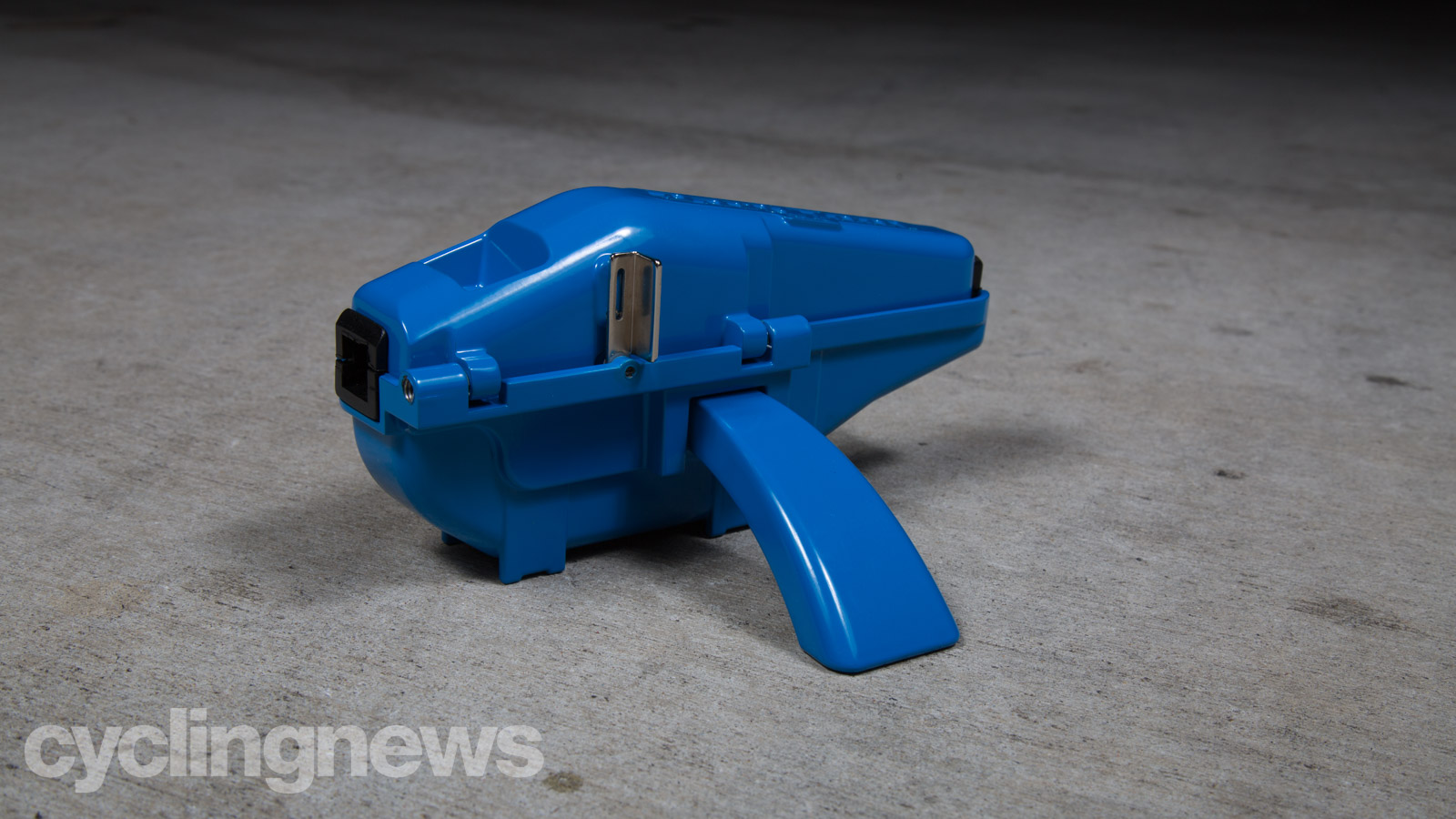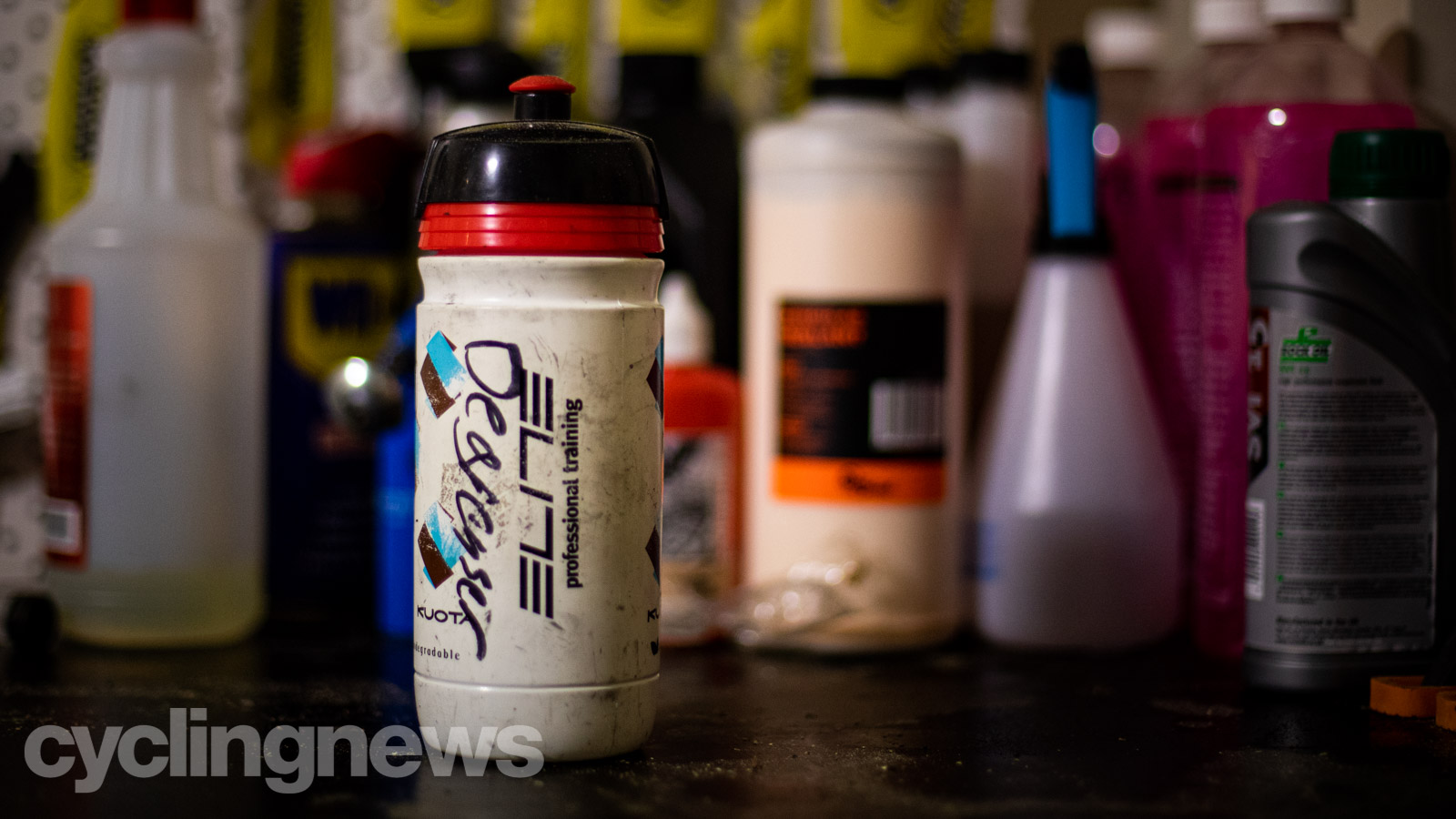What is an ultrasonic cleaner and should you buy one?
Is an ultrasonic cleaner the ultimate in drivetrain cleaning or does it come up a few chain scrubbers short?

Having just become a first-time homeowner, I now have my own garage and proper space to expand my home workshop into something respectable. I've added onto my workbench, meaning there is more real estate for increasingly specialised tools and things with which to tinker. Beyond a bigger air compressor, one machine in particular that has been hovering near the top of my list has been an ultrasonic cleaner.
These parts washers that sound like electric shavers with a PA system, are filled with some definition of an aqueous solution or solvent to remove grime from your road bike groupset using a process that seems straight out of a science fiction movie. They aren’t overly expensive, but still cost more than a simple chain cleaning tool or an old water bottle filled with degreaser.
With what seems like an ever-shrinking number of hours in a single day, I am always searching for ways to streamline how long I spend cleaning and maintaining bikes, so I can spend more time riding. Will an ultrasonic cleaner fill that void, or just end up taking up bench space?
What is an ultrasonic cleaner?
Ultrasonic cleaners look a little bit like countertop deep fryers; most are little silver boxes with a small reservoir and a basket to hold whatever you are cleaning.
When you flip an ultrasonic cleaner on, it makes a terrible noise, but it’s that annoying high-pitched vibration that is doing the heavy lifting. Ultrasonic cleaners work using cavitation, a phenomenon where rapid changes in the pressure create a void in a liquid that is trapped as a bubble. Rather than floating to the surface, these tiny bubbles explode with enough force to remove contamination like dust, dirt, and oil stuck to hard surfaces. Because your chain or cassette is submerged in the solution being agitated, these bubbles can penetrate and scrub hard to reach places on your chain and cassette.
Take a quick tour around YouTube, and you will find all manner of videos showing people dropping black chains caked in grime into ultrasonic cleaners. After a couple of stars wipes to show the passage of time, immaculate clean looking parts emerge from the bath.
The ultimate solution to keeping your drivetrain sparkly clean?
Lachlan McKillop, SRAM Australia’s Technical University Manager, has recently added an ultrasonic cleaner to his personal workshop.
The latest race content, interviews, features, reviews and expert buying guides, direct to your inbox!
“I always take the cassette off when I’ve given a bike a good clean. Before, I’d just use a bucket and degreaser and do it by hand, and for me, the ultrasonic cleaner saves a bit of time. Instead of scrubbing the cassette by hand, I just chuck it in there for a couple of cycles, and off you go,” McKillop says.
“I’d also say that cleaning a chain [in an ultrasonic cleaner] is definitely far superior to something like a chain scrubber. You can run a chain through a scrubber, and when you sit it in a parts washer heaps gunk will still come out of it,” he continues.

Adam Kerin, the man behind Zero Friction Cycling, which is one of the last remaining independent chain lube friction testing outfits, agrees ultrasonic cleaners can do a great job cleaning chains, with a few caveats.
“They are great for preparing new chains to a better level than can be done with container cleaning, but again honestly, the difference is [so] small no one would notice, and if on a good lubricant, you should be needing to prepare chains so infrequently that the cost would not be worth it – i.e., your chain should be lasting 10,000 to 15,000km’s to 0.5% — if it isn’t, you need a better lubricant choice and or maintenance,” he said in an email referring to the process of preparing race chains.
“For maintenance, if on an average drip lube like say, a traditional RNR [Rock ‘n Roll] Gold, they [ultrasonic cleaners] are handy to do a better clean than [the] container method alone (if used correctly), but on the top lubricants, the cleaning should so infrequent that again it is not worth it, and if waxing, definitely not worth it,” he continued.
For Kerin, one of the biggest problems surrounding ultrasonic cleaners is that people don’t bother to learn to use them properly, ranging from throwing overly soiled chains into a cleaner, or failing to remove the film that many solvents leave behind, which then prevents the best bike chain lubes or waxes from bonding to your chain.
When you chuck heavily soiled components into an ultrasonic cleaner, you can see how quickly it starts working. The exploiting bubbles are extremely effective at dislodging all the nasty stuff from your chain, and the solution will go black within about 10 seconds, which Kerin says is part of the problem.
"After those10 seconds, nothing good is really happening, same as trying to get clean crystal glasses by washing in filthy sink water – if what is doing the cleaning is dirty, just how good a clean does one think is happening?” Kerin says.

While an ultrasonic cleaner may not leave your chain sterile enough to use a surgical instrument, McKillop notes that how much gunk may or may not come out of your chain and cassette is not the only factor at play.
“I see so many people wearing out their freehub bearings because they spray degreaser into it when cleaning a cassette, and it just sits there. Then all the grease is gone, and the bearings get roughed up," he says.
“Based on the number of people I see bringing in freehubs that have gone bad, attached to cassettes and chains that aren’t cleaned all that well, I think an ultrasonic cleaner would be a good purchase for a lot of people out there,” he continues. “It skips the whole train wreck of wheel bearings getting wrecked with degreaser, and it also gives you a good chance to make sure your cassette is tight because they do come loose over time.”
Kieran is of the opposite opinion and believes most people would be better off with an agitate container bath — a method of which McKillop is also a fan.
“They are great for me providing a commercial service, but for home use, depending on lubricant choice, they will either be of so little extra value that you would need the resources of Cern to detect or if they are of handy use, you need a better lubricant choice before you need an ultrasonic,” he says.
Another factor to consider is the amount of solvent needed to fill an ultrasonic cleaner and that will need to be changed regularly. The washers with a reservoir large enough to submerge a road cassette will need at least a litre. If you are using a solvent of some kind, you will also need to dispose of it according to your local environmental regulations.
McKillop notes that no matter what solution you do put in the tank of an ultrasonic cleaner, to be extremely careful because many of them are flammable, especially as you add heat — if things get too hot, you can also compromise anodization or non-metal parts.

And the verdict is...
Ultrasonic cleaners range in cost from a little over a hundred bucks to massive commercial units that have price tags with commas in them. So should you buy one? Unfortunately, the answer isn’t all that clear cut.
Coming at it from a friction and chain longevity perspective, Kerin from Zero Friction facts believes you can get 95 per cent of the way there using an agitated container method. And an old water bottle or jar you grab out of your recycling bin is virtually free.
But, friction is only one piece of the puzzle that makes up your bike. In McKillop's opinion, keeping degreaser away from bearings and improving the quality of cleaning for other parts, it may be worth your while.
- Best chains for mountain bike, gravel and road
- Road bike groupsets: a comprehensive guide
Based on the Gold Coast of Australia, Colin has written tech content for cycling publication for a decade. With hundreds of buyer's guides, reviews and how-tos published in Bike Radar, Cyclingnews, Bike Perfect and Cycling Weekly, as well as in numerous publications dedicated to his other passion, skiing.
Colin was a key contributor to Cyclingnews between 2019 and 2021, during which time he helped build the site's tech coverage from the ground up. Nowadays he works full-time as the news and content editor of Flow MTB magazine.
